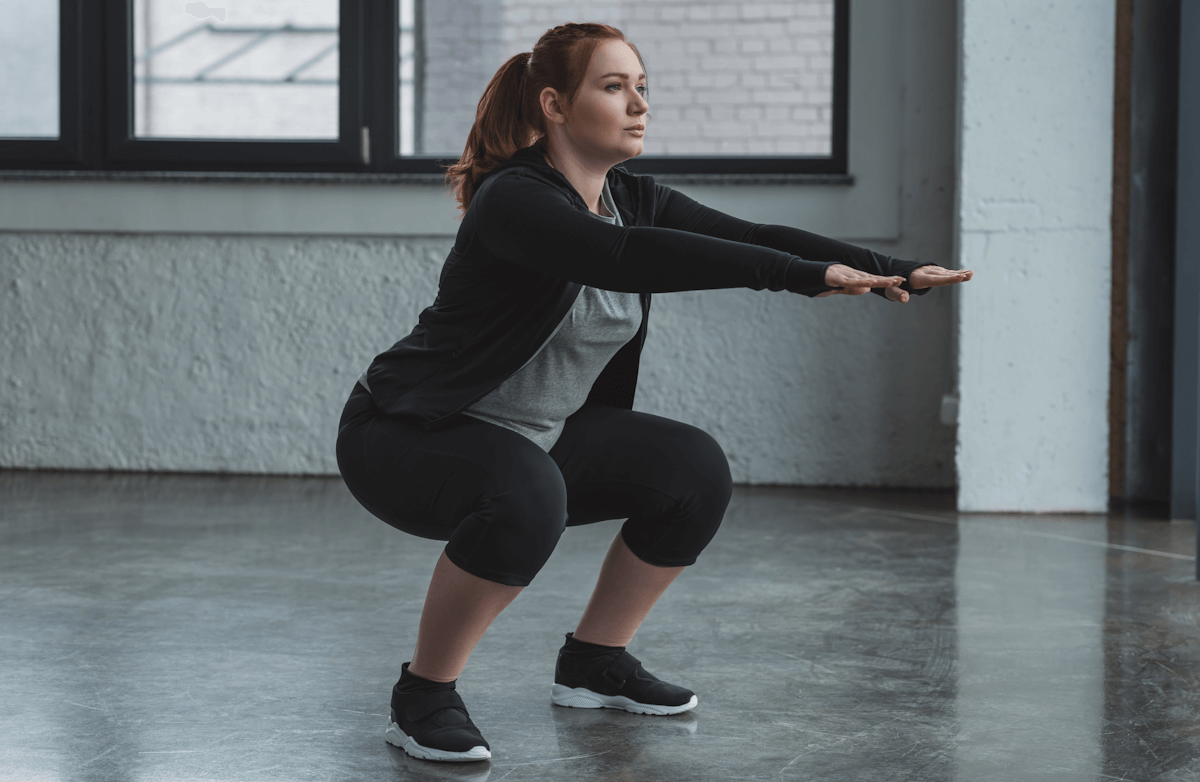
Now that your baby has arrived, your life has changed—and so has your body. Over the coming months, your body will continue to adjust, and resuming or starting an exercise program (once cleared by your doctor) can help it heal, become stronger, and regain fitness.
Benefits of Exercising After Pregnancy
Exercise after delivery offers benefits beyond losing the “baby weight.” A consistent routine can also:
-
Support mental well-being: Light activity can help reduce feelings of sadness, disappointment, or postpartum depression.
-
Promote healing: Strengthening muscles and bones aids recovery and helps the body bounce back faster.
-
Increase energy: Exercise can help counteract fatigue and stress, giving you more energy to care for and play with your baby.
How Soon Can You Exercise After Delivery?
Recovery time varies for each woman. The first weeks postpartum should focus on caring for your baby, resting, and eating a healthy diet. Exercise should only begin once your doctor gives clearance, usually around six to eight weeks after an uncomplicated vaginal delivery.
Start slowly, choosing activities that feel good, such as walking, gentle yoga, or water exercise. You can even include your baby in some workouts.
After a Vaginal Birth:
-
Simple movements can begin the day after delivery, such as kegels, pelvic tilts, and neck and shoulder stretches.
-
In the following weeks, add light walking and strengthening exercises for the abs, lower back, and pelvic muscles.
-
Around 6-8 weeks postpartum, your doctor can advise when it’s safe to gradually resume light to moderate exercise, building up intensity over time.
After a Cesarean Birth:
-
A C-section is major surgery, requiring extra rest, nutrition, and recovery time.
-
Exercise can begin once incisions have healed, recovery is progressing normally, and you feel physically ready without increased bleeding or fatigue.
-
Simple in-bed exercises like kegels, deep breathing, and gentle upper body stretches can begin the day after surgery if comfortable.
-
Light walking and lower back or pelvic strengthening can follow in the next weeks, but more strenuous activity should generally wait eight to ten weeks, with your doctor’s approval.
Other Postpartum Fitness Considerations
-
Breastfeeding: Moderate exercise is safe while nursing and does not negatively affect milk quantity or quality. Very high-intensity workouts may temporarily change taste due to lactic acid, but this is not harmful.
-
Vaginal bleeding: Watch for increased bleeding during or after exercise. Stop and contact your healthcare provider if this occurs.
-
Pain: Exercise should not cause pain. Pain is a signal to stop. Avoid pushing through pain, especially around surgical sites or areas of trauma.
-
Fatigue: Rest is critical for recovery. Your body needs time to rebuild strength and return to pre-pregnancy fitness. Prioritize sleep and rest between workouts.
-
Core and pelvic floor health: Resuming intense exercise too soon can cause incontinence, back pain, or issues like diastasis recti. Gentle abdominal and pelvic floor exercises starting as early as 24-48 hours after delivery can help rebuild core strength. Consistent prenatal exercise can make recovery easier, but even previously sedentary women can see significant improvement.
Returning to Fitness
Getting back into shape after having a baby requires patience. Your body will not return to its pre-pregnancy state overnight, just as it took months to gain weight during pregnancy. Follow your doctor’s guidance, listen to your body, and gradually increase activity levels. Rest and recovery should remain priorities as you and your baby adjust to your new routine.













